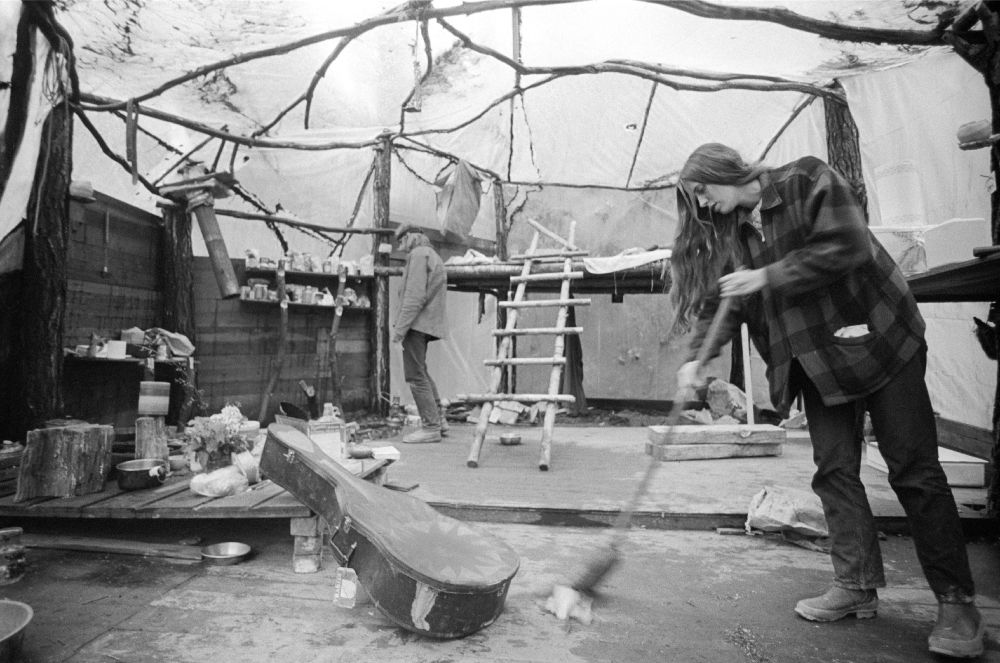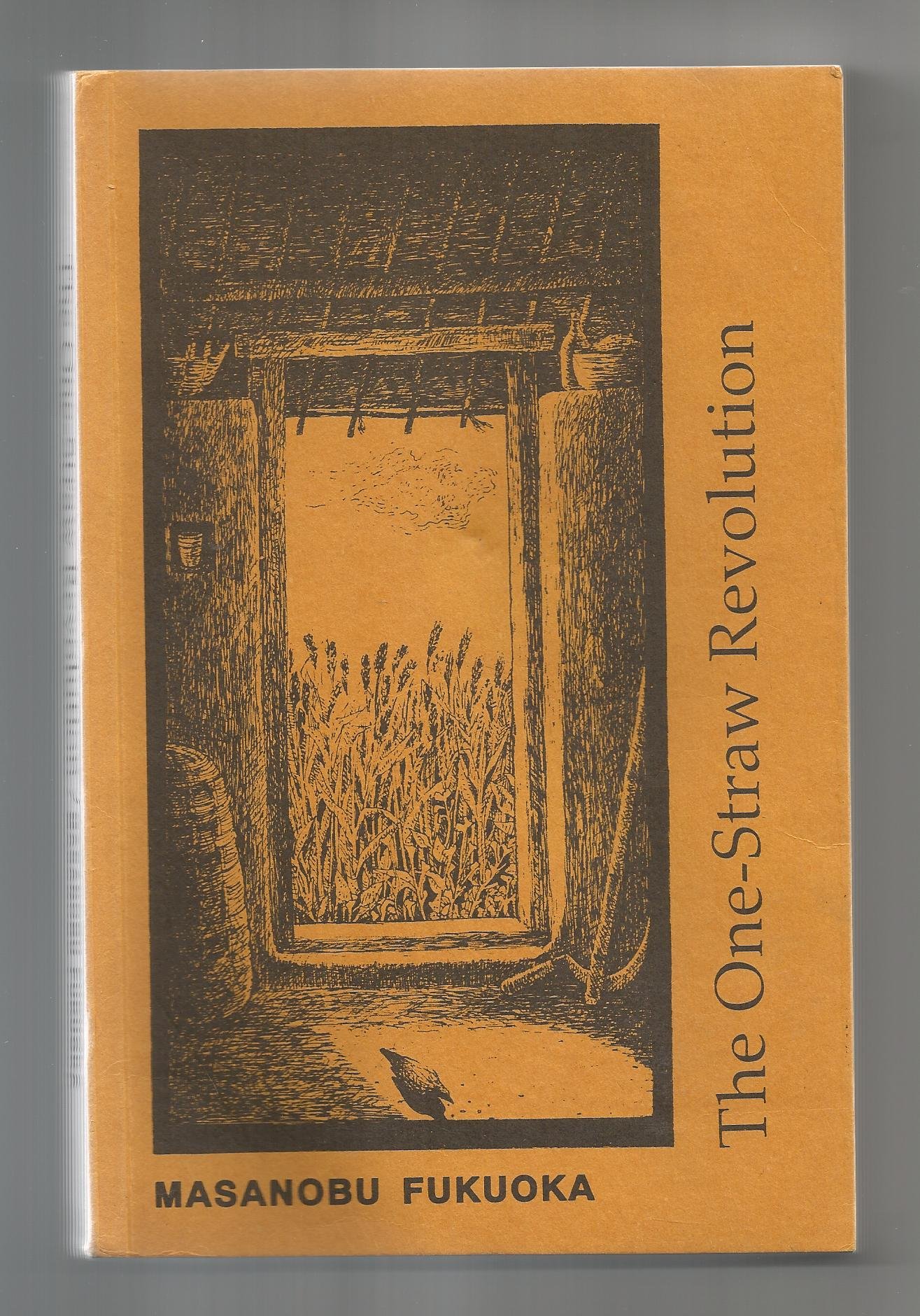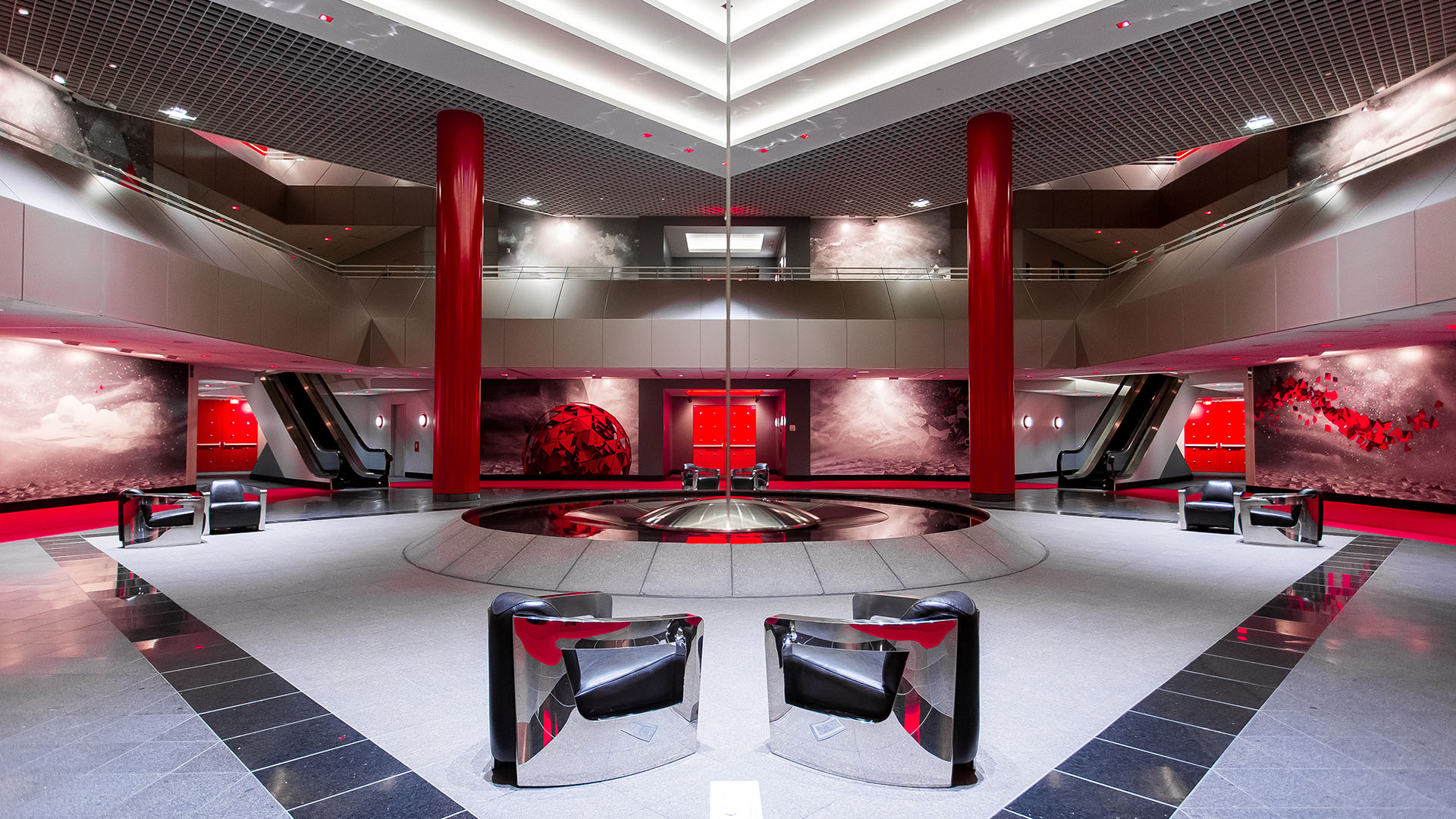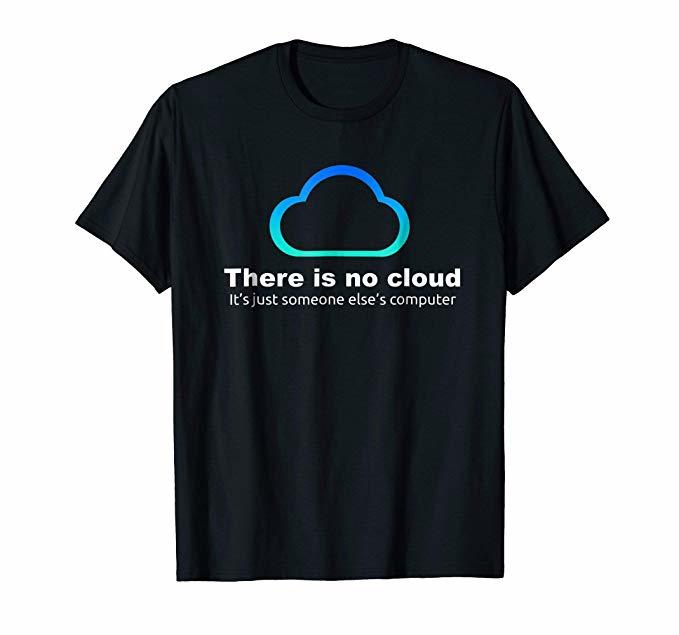The Internet’s Back-to-the-Land Movement
I.
In the early 1970s, a group of technocrats and members of the business elite formed an international organization called the Club of Rome. Together, they commissioned a team of M.I.T. researchers to run a computer analysis of Earth’s finite resources against the exponential growth of human activity. Their program was engineered to take into account specific categories of data—population, economy, food production, non-renewable resources, pollution—and simulate the future course of the world’s sustainability. In 1972, the Club of Rome presented its findings at the United Nations Conference on the Human Environment in Stockholm, then subsequently published them in the book The Limits to Growth, which would go on to sell over 30 million copies.

The findings were alarming, to say the least. The analysis concluded that unless people took immediate action to counteract growth, global resources would be exhausted by the first few decades of the 21st century. In other words, civilization as of 1972 was projected to reach a total collapse by what is increasingly becoming our present day.
To stave off society’s impending ruin, the Club of Rome proposed a solution that was perhaps unsurprising for an organization made up of business leaders, bureaucrats, and former heads of state. Measures such as reducing birth rates and shifting attention to agriculture over industry, for example, would allow society to reach a state of equilibrium that would hold the world stable just within the boundaries of available resources. And it would do so without disrupting established structures of power.
Not everyone agreed with this approach. Environmental activists gathered in opposition outside the UN conference, demanding a solution that did more than merely uphold the status quo. In their minds, a healthier world depended not on managing a broken system, but by overturning the global order that had depleted the world’s resources in the first place—and imagining a new one entirely.
II.
How do we reverse growth? Two dreams are offered in Michelangelo Antonioni’s 1970 counterculture drama Zabriskie Point. The first vision is a free-loving orgy of youths in the desert; in the second, a literal explosion of an American home reveals the excess of consumerism that lies within.

Dreaming utopia is at once hopeful and analytical. Its design critiques the evils of an existing world, while simultaneously providing the blueprint for a new one. In his 1963 article “The Shape of Utopia,” scholar and author Robert C. Elliott introduces two sides: “the negative, which exposes in a humorous way the evils affecting the body politic,” and “the positive, which provides a normative model to be imitated.” In this way, a utopia cannot be extricated from its dystopian counterpart; it’s always imagined in response to some kind of crisis.
In the same year that Limits to Growth was published, Stewart Brand’s Whole Earth Catalog (#1160) won a National Book Award and sold 1.5 million copies. Formatted like an encyclopedic sales catalog, Whole Earth’s 452 pages provided access to information about everything one might need to live off the grid. It was essentially a printed version of the not-yet-invented internet, linking all its subscribers via physical distribution.

The Whole Earth Catalog was aimed at the small but growing back-to-the-land movement. According to the poet Judson Jerome, who received a grant to visit and study these new settlements, around 750,000 Americans were living communally during the early 1970s across more than 10,000 different communes. Driven by a heightened awareness of the precariousness of life on Earth, the people of these micro-communities sought a self-sufficient life outside of consumerism, political turmoil, war, and the oil crisis. It was a movement concerned with creating alternative models against the growth evidenced in the Club of Rome’s analysis, and the Whole Earth Catalog was their instruction manual.

Outside the United States, similar movements were taking place. In 1975, Japanese farmer and philosopher Masanobu Fukuoka published The One-Straw Revolution, a guide for natural, or “do-nothing,” farming. Just as the Club of Rome believed that “the common enemy of humanity is man,” Fukuoka recognized that many of our celebrated technological advancements would be unnecessary had humans not created an ecological crisis in the first place. Fukuoka’s guide sought to show that by working as a part of nature rather than attempting to dominate it, one could grow the same amount of food as a conventional farm with less work and at no harm to the environment. The One-Straw Revolution was translated into 20 languages and Fukuoka’s ideas spread across the globe.
III.
By the late 1970s, the American communes had all but faded away. Many failed due to internal strife and the inevitable hierarchical struggles that come with coexistence. Meanwhile, Stewart Brand’s work was turning to digital utopianism. In 1985, Brand and Larry Brilliant launched the WELL ("Whole Earth 'Lectronic Link”) one of the earliest computer networked communities outside of government or academic programs. Continuing the original philosophies behind Whole Earth, the WELL was also focused on information sharing—this time through a text-based message board system linked by some of the first consumer desktop computers.
What had failed in practice in the communes found a new place to take root on the WELL. The vision for life within an online distributed network was one of universal equality. Your age, gender, race, or class would be rendered irrelevant, and government need not interfere. Though arguably elitist from the start—there were inherent economic and educational barriers to entry to this online community—it was in theory the opportunity to create a new system for society.
Platforms like the WELL, and the World Wide Web to follow, pioneered a community-driven, decentralized media landscape in opposition to the unidirectional television, radio, and printed news outlets. But corporate giants soon realized the power of this new tool for communication. Once again, the grid caught up with those attempting to escape it, and what could have been a peer-maintained, communal space was inverted and twisted for profit.
IV.

Perhaps because it was conceived as a utopia, we tend to think of the internet as a limitless superhighway, a virtual mirror free from the constraints of our physical world. Data, files, our work, our memories, all float up to the cloud and are called down to attention by what seems to be magic. Yet in reality, life online is governed by the same limits to growth affecting the rest of our world. According to Low Tech Magazine the entire World Wide Web is responsible for consuming 10% of all global electricity production, a rate that is exponentially increasing.

As it turns out, the cloud is more of a marketing buzzword than an accurate description of file storage. Though it may not be on your hard drive, all information must be saved physically somewhere on the network. “There is no cloud, it’s just someone else’s computer.” And that someone else is likely Amazon, Google, Facebook or Apple, whose data centers use real resources and take up acres of space around the globe.
Low Tech offers their own course-correcting way forward. The publication not only educates people about what they term the “weight” of a website, it also demonstrates through its own existence how a website can forego the bloat of advertising, background tasks, and unnecessary files. The entire publication is self-hosted on a single board computer powered by solar energy. Their model also raises the question of scale: unlike Facebook, whose mission has always been to accommodate and connect everyone, everywhere, Low Tech supports the idea that a website can serve a small community connected through common interests. The Internet's global accessibility has lead us to think on a massive scale, but a community that lacks physical proximity can still be “local” in mindset.
It’s a radical way to run a website, and it may be an early indication of the internet’s own back-to-the-land movement. Just as Masanobu Fukuoka believed a deeper understanding of nature is necessary to agriculture, the citizens of the web could certainly benefit from an increased awareness of their virtual environment. Moving off the grid in a digital sense might mean opting out of mainstream internet providers to connect through independent mesh networks, or hosting content on local computers distributed across a peer-to-peer web. Though the driving technologies can be complex to understand, it is important to demystify the inner workings of the web so that individuals may regain control of the tools that build it. The further we are distanced from the network’s core, the more powerless we become in redirecting its growth.
Utopia comes from the Greek words meaning no-place. The impossibility of its own existence is built into the very concept. A global society free from problems, in which every desire is met, has proven unrealistic—a failure, even. But the brilliant thing about the web is its ability to host multiple worlds simultaneously. Communities can form and exist side-by-side. A website can be a testing ground, a micro-utopia, or a safe haven, offering relief from the commodified web. As we come to realize that even our digital growth has its limits, we’re once again faced with a choice: stay within the strictures of existing structures, or go off-grid and build our own.
Becca Abbe lives in New York. She is the owner of Cdxs L.L.C. and the admin of Petal’s Network.